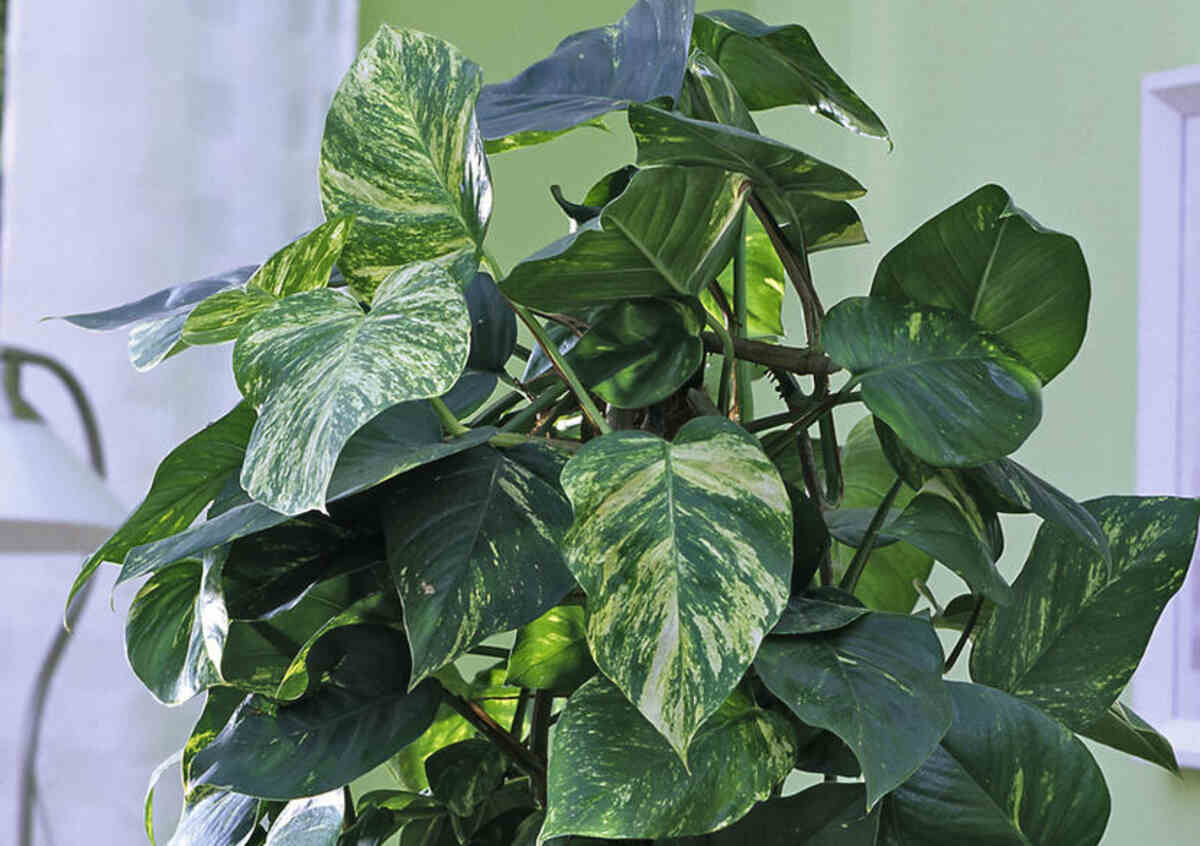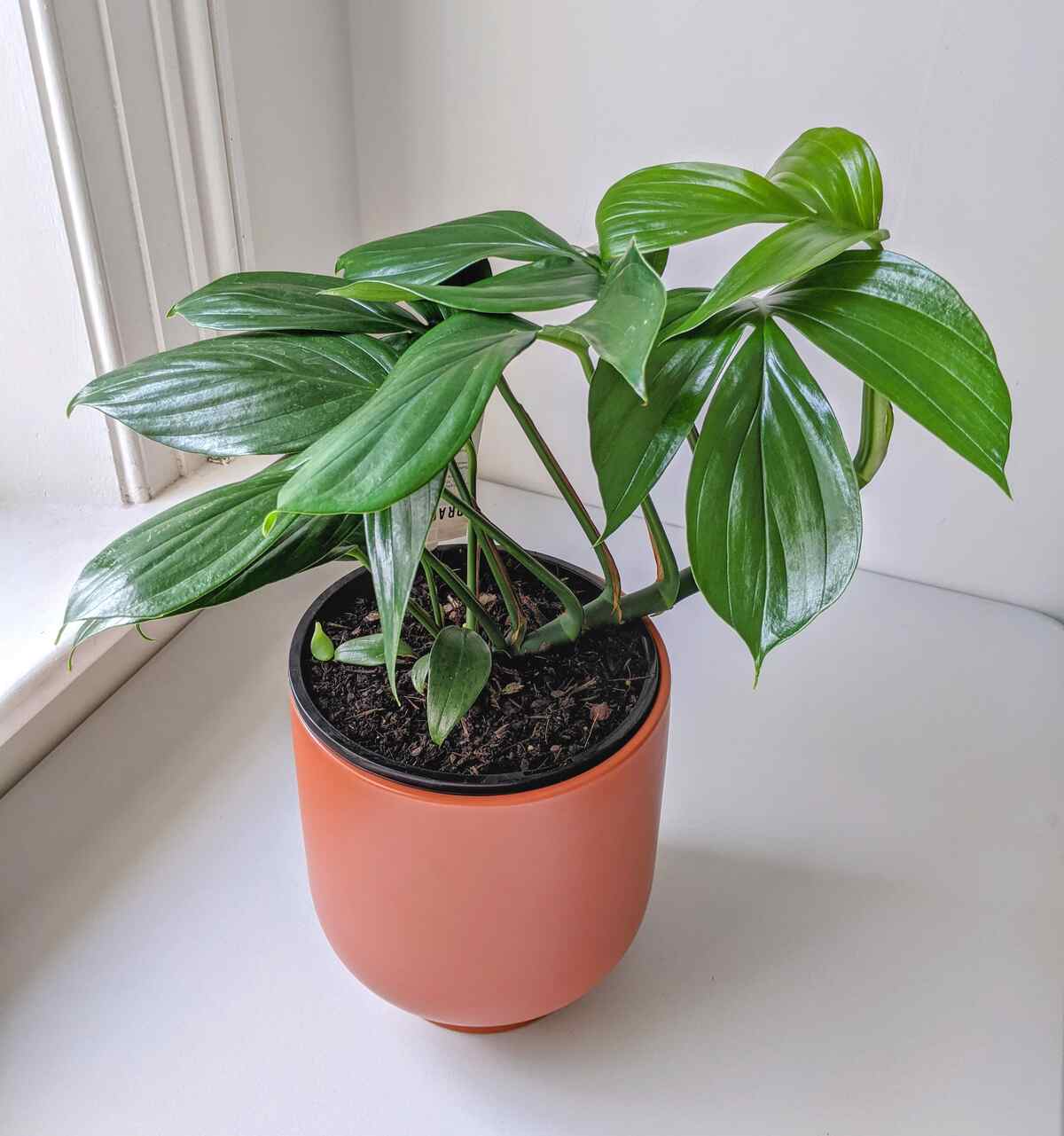Table of Contents
Introduction
The Dragon Tail Plant, also known as Epipremnum pinnatum, is a captivating botanical wonder that has taken the gardening world by storm. Its vibrant green leaves and easygoing nature make it an ideal addition to novice and experienced gardeners’ collections. In this comprehensive guide, we will delve into the world of the Dragon Tail Plant, providing expert insights, care tips, and creative ideas to elevate your gardening experience.
Dragon Tail Plant: Unveiling the Enigma
Let’s start by understanding the Dragon Tail Plant at its core.
- What is a Dragon Tail Plant?: The Dragon Tail Plant, scientifically known as Epipremnum pinnatum, is a tropical evergreen vine native to Southeast Asia. It belongs to the Araceae family and is renowned for its striking, elongated, and fenestrated leaves that resemble a dragon’s tail.
- Origin and Lore: The Dragon Tail Plant has deep-rooted cultural significance in various regions. From being considered a symbol of good luck in Feng Shui to its use in traditional medicine, this plant carries a rich tapestry of cultural lore.
- The Allure of Dragon Tail Plant: Its aesthetic appeal is undeniable. The Dragon Tail Plant’s glossy, heart-shaped leaves with distinctive splits and holes add elegance to any space and contribute to a healthier indoor environment by purifying the air.
Cultivating Your Dragon Tail Plant

Cultivating a Dragon Tail Plant (Epipremnum pinnatum ‘Cebu Blue’) can be a rewarding experience, as this unique tropical houseplant is visually appealing and relatively easy to care for. Here are steps to help you cultivate and care for your Dragon Tail Plant:
1. Light:
Provide your Dragon Tail Plant with bright, indirect light. It thrives in moderate to high light conditions but avoids direct sunlight, which can scorch the delicate leaves.
2. Temperature:
Maintain a warm environment for your plant. Ideally, keep the temperature between 65-85°F (18-29°C). Avoid exposing it to cold drafts or sudden temperature drops.
3. Humidity:
This plant appreciates high humidity levels. If you live in a dry climate or during the winter months when indoor air tends to be dry, consider using a humidifier or regularly misting the plant with water to increase humidity.
4. Watering:
Water the Dragon Tail Plant moderately. Allow the top inch or two of the soil to dry out between waterings. Stick your finger into the soil to check for moisture before watering. Be cautious not to overwater, as this can lead to root rot.
5. Soil:
Plant your Dragon Tail in well-draining potting soil. A mix formulated for aroids or tropical plants is suitable.
6. Fertilization:
Feed your plant with a balanced liquid fertilizer diluted to half strength during the growing season, typically spring and summer. Fertilize every 4-6 weeks.
7. Potting:
Report your Dragon Tail Plant when it outgrows its container or becomes root-bound. Spring is a good time for repotting. Choose a pot slightly larger than the current one, and ensure it has drainage holes.
8. Pruning and Training:
Prune your plant to encourage bushier growth and remove any leggy or yellowing stems. You can train it to climb or trail using stakes, trellises, or a moss pole.
9. Propagation:
To propagate your Dragon Tail Plant, take stem cuttings with a few nodes, let them callus for a day, and then plant them in a well-draining potting mix. Keep the soil consistently moist until new growth emerges.
10. Pests and Maintenance: – Keep an eye out for common houseplant pests like spider mites and mealybugs. If you notice any infestations, take action promptly with appropriate treatments such as neem oil or insecticidal soap.
11. Toxicity: – Be aware that the Dragon Tail Plant is mildly toxic if ingested, so keep it out of reach of pets and children.
Cultivating a Dragon Tail Plant can be a delightful experience, and with proper care, it will reward you with its striking, dragon-like foliage. Remember to tailor your care routine to your indoor environment; your plant should thrive and bring beauty to your home.
Nurturing Your Green Companion
The Dragon Tail Plant, scientifically known as Dracaena marginata, is a popular and attractive indoor plant that adds a touch of elegance to any living space. With its slender, arching leaves and striking red or burgundy edges, this plant can thrive with the proper care and attention. This guide will explore how to nurture your green companion and keep your Dragon Tail Plant healthy and vibrant.
1. Light: Dragon Tail Plants thrive in bright, indirect light. Place your plant near a window where it can receive filtered sunlight. Avoid exposing it to direct, harsh sunlight, which can scorch its leaves. If the plant leans towards the light source, rotate it regularly to ensure even growth.
2. Watering: One of the most crucial aspects of caring for your Dragon Tail Plant is proper watering. Allow the top inch or two of the soil to dry out between waterings. Use a well-draining potting mix, and ensure the pot has drainage holes. Overwatering can lead to root rot, a common issue for this plant. Always check the moisture level of the soil before adding more water.
3. Humidity: Dragon Tail Plants appreciate moderate humidity levels. In dry indoor environments, especially during the winter months, consider using a humidity tray or a room humidifier to increase moisture in the air around the plant. Misting the leaves occasionally can also create a more suitable environment.
4. Temperature: Maintain a consistent temperature range of 65-80°F (18-27°C) for your Dragon Tail Plant. Avoid exposing it to drafts or sudden temperature fluctuations, which can stress the plant.
5. Pruning: Regularly trim the yellowing or dead leaves to encourage new growth and maintain the plant’s appearance. You can also prune to control its height or shape. Use clean, sharp scissors or pruning shears to make clean cuts.
6. Fertilizing: During the growing season (spring and summer), feed your Dragon Tail Plant every 4-6 weeks with a balanced, water-soluble fertilizer. Reduce or suspend fertilization during the fall and winter when the plant’s growth slows down.
7. Repotting: Dragon Tail Plants are slow-growing and don’t require frequent repotting. Repot when the plant becomes root-bound or outgrows its pot, typically every 2-3 years. Use a slightly larger pool with fresh potting mix and ensure proper drainage.
8. Pest Control: Watch for common indoor plant pests like spider mites, mealybugs, and scale insects. If you notice any infestations, treat your plant promptly with insecticidal soap or neem oil.
9. Support: If your Dragon Tail Plant grows tall and becomes top-heavy, provide support with stakes or bamboo canes to prevent it from tipping over.
Following these care guidelines, you can cultivate a thriving Dragon Tail Plant that will be a beautiful and enduring addition to your indoor garden. Remember that every plant is unique, so closely monitor your Dragon Tail Plant’s specific needs to ensure it remains healthy and vibrant. Enjoy the lush, tropical elegance that this green companion brings to your home!
Dragon Tail Plant: Potential Pitfalls

Dragon Tail Plants, or Dracaena marginata, are generally resilient and low-maintenance indoor plants. However, like any houseplant, they can encounter certain potential pitfalls and problems that require attention. Here are some common issues to watch out for:
1. Overwatering: Overwatering is one of the most common pitfalls with Dragon Tail Plants. These plants are susceptible to root rot if their roots sit in soggy soil for extended periods. To avoid this, let the top inch or two of the earth dry out between waterings and ensure the pot has proper drainage.
2. Underwatering: While it’s important not to overwater, underwatering can also be detrimental. Insufficient water can lead to dry, brown leaf tips and overall plant health decline. Monitor the soil moisture and provide water when the top layer feels dry.
3. Poor Drainage: Ensure that the pot your Dragon Tail Plant is in has adequate drainage holes. Sitting in waterlogged soil can lead to root issues and fungal diseases.
4. Low Humidity: Dragon Tail Plants prefer moderate humidity levels. If the air in your home is too dry, the plant may develop brown leaf tips or edges. You can increase humidity by misting the plant, using a humidity tray, or placing a room humidifier nearby.
5. Pest Infestations: Watch for common indoor plant pests like spider mites, mealybugs, and scale insects. If you notice any signs of infestation, such as discolored or sticky leaves, take prompt action to treat the problem with insecticidal soap or neem oil.
6. Sunburn: Exposing your Dragon Tail Plant to direct sunlight can cause sunburn on its leaves, resulting in brown or yellow patches. Place your plant in bright, indirect light to prevent this issue.
7. Temperature Fluctuations: Avoid placing your Dragon Tail Plant near drafts or areas with extreme temperature changes. Sudden temperature drops can stress the plant and lead to leaf drop or decline in health.
8. Neglecting Pruning: Failure to trim yellowing or dead leaves and maintain the plant’s shape can result in a less attractive appearance and hinder new growth. Regularly prune your Dragon Tail Plant to keep it looking its best.
9. Fertilizer Overload: Over-fertilizing can harm your Dragon Tail Plant. Follow a fertilization schedule and use a balanced, water-soluble fertilizer during the growing season (spring and summer). Avoid excessive or frequent fertilization, as it can lead to salt buildup in the soil.
10. Not Repotting When Necessary: Dragon Tail Plants don’t require frequent repotting, but they should be repotted when they become root-bound or outgrow their containers. Failing to do so can limit their growth and health.
By being mindful of these potential pitfalls and addressing them promptly, you can ensure that your Dragon Tail Plant remains healthy, vibrant, and a beautiful addition to your indoor space. Regular care and attention will help your green companion thrive for years.
Conclusion
Incorporating the Dragon Tail Plant into your botanical collection adds an element of beauty and connects you with centuries of tradition and culture. By following our expert advice and care tips, you can ensure that your Dragon Tail Plant thrives and becomes a cherished addition to your home.
So, whether you’re an experienced gardener or just starting your green journey, the Dragon Tail Plant is a must-have that will enchant you with its grace and resilience.
FAQs
How often should I water my Dragon Tail Plant?
Regularly water your plant when the top inch of soil feels dry, typically every 1-2 weeks.
Can I place my Dragon Tail Plant in direct sunlight?
While it enjoys bright, indirect light, it's best to avoid direct sunlight to prevent leaf burn.
What's the ideal temperature for my Dragon Tail Plant?
Maintain temperatures between 65-85°F (18-30°C) for optimal growth.
How do I propagate my Dragon Tail Plant in water?
Simply cut a healthy stem below a leaf node, place it in water until roots form, then transfer it to soil.
Are Dragon Tail Plants toxic to pets?
Yes, they can be toxic if ingested, so keep them out of reach of pets and children.
Read Also: Techniques To Pick The Perfect Water Feature For Ones Garden




